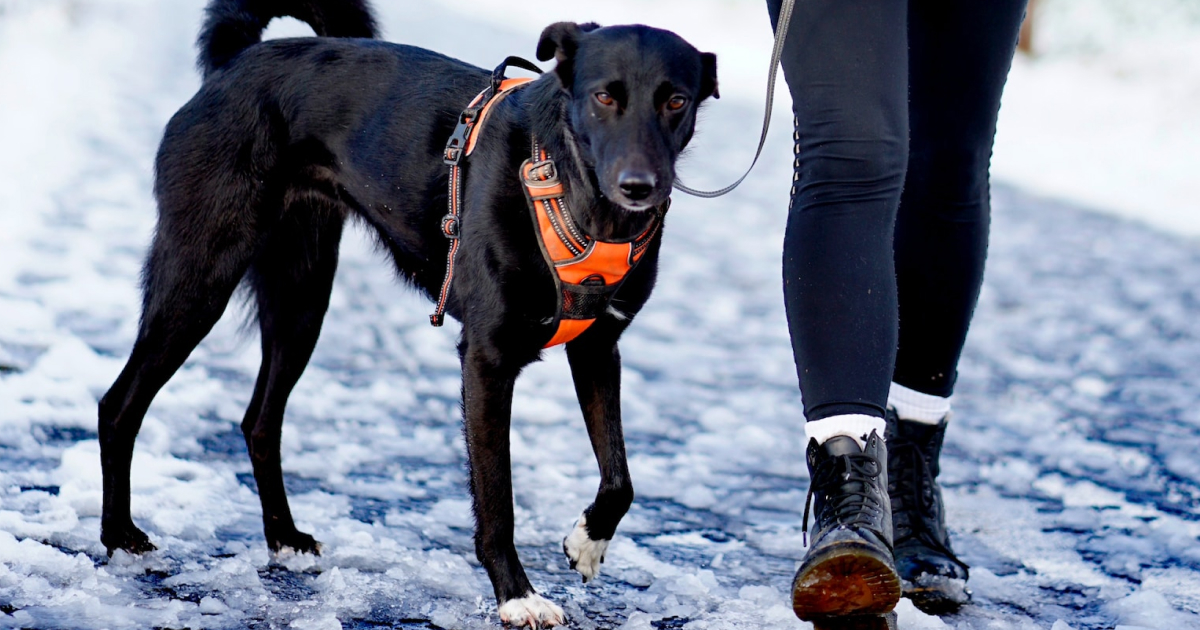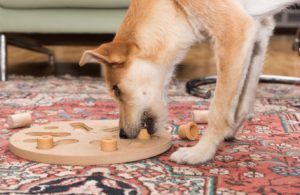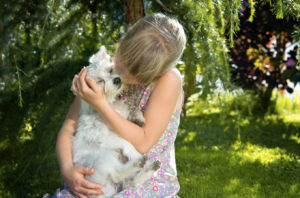Breed Guide: Cold Weather Dogs
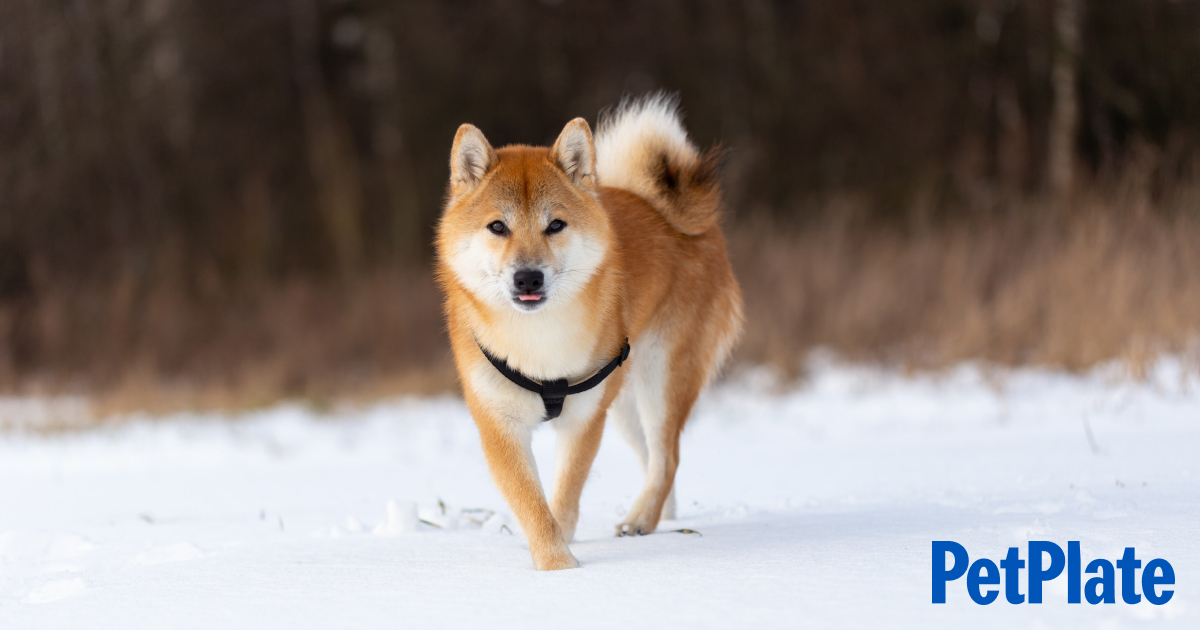
Baby, it’s cold outside. And breeds like the Great Pyrenees, Alaskan Malamute, Siberian Husky and the Newfoundland are loving it.
While some dogs are sensitive to cold weather—we’re looking at you Chihuahuas—cold weather dog breeds are happiest when there is a chill in the air.
Cold weather dog breeds include:
- Akita
- Alaskan Malamute
- American Eskimo Dog
- Anatolian Shepherd
- Bernese Mountain Dog
- Chow Chow
- German Shepherd
- Great Pyrenees
- Keeshond
- Newfoundland
- Samoyed
- Shiba Inu
- Siberian Husky
Cold weather dogs are best suited to northern climates and can handle the winters in states like Alaska, Nebraska, Minnesota and Maine. The same thick double coats that keep Northern dog breeds comfortable in frigid temperatures makes them ill-suited to surviving summers in the southern climates. It’s best to avoid cold weather breeds in areas where temperatures are often hot and humid.
What Makes a Dog a Cold Weather Dog?
Cold weather dog breeds like Alaskan Malamutes, Shiba Inu and Anatolian Shepherds tend to have thick double coats that provide added insulation when temperatures drop. These breeds have other physical features like thick ears that are less prone to frostbite and larger paws that make it easier to walk on cold terrain, that make them better able to handle winter.
Many of these breeds originated in cold climates and adapted to the weather over the span of generations, giving them a high tolerance for low temperatures.
Living With a Cold Weather Dog
Expect winter shenanigans when you live with a cold weather dog breed. Your Siberian Husky might get the zoomies in the snow and your Bernese Mountain Dog may refuse to come inside even when it’s freezing outdoors.
Participating in activities like winter hiking, skijouring and sledding with your winter dog breed ensures they can experience the true joy of the season.
Tips for Caring for Your Cold Weather Dog
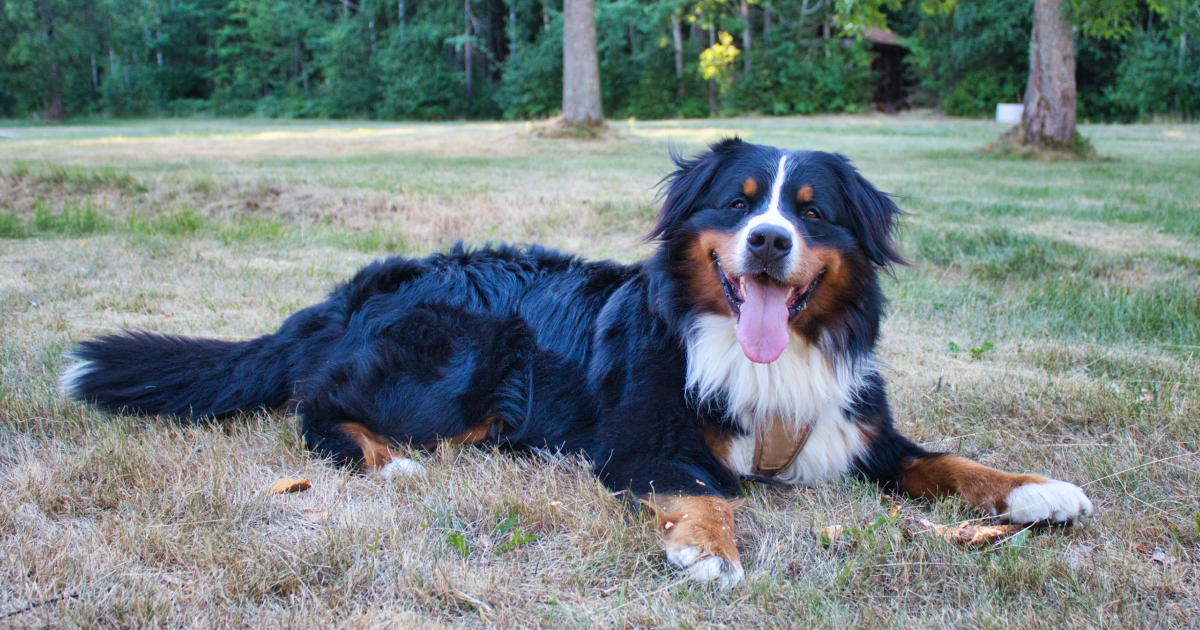
The same thick coat that gives Arctic dog breeds insulation in the winter will cause cold tolerant dog breeds to overheat in the summer.
Resist the urge to shave their thick coats! Their hair acts as insulation, keeping them warm in the winter and cool in the summer. Most cold weather dog breeds shed profusely when it’s warm outside; frequent baths and regular brushing or professional grooming appointments will help remove excess hair and improve air circulation through their coats, keeping dogs cool.
It’s also important to find ways for your cold weather dog breed to stay active when it’s too hot for them to enjoy long walks. Consider a membership to a temperature-controlled indoor dog park or search out dog-friendly pools, ponds, lakes and beaches where your cold-tolerant dog breed can enjoy physical activity without overheating.
You want to change up their diet, too. Active breeds that spend a lot of time outdoors need extra calories in the winter.
The 11 Best Cold Weather Dogs to Have as Pets
Looking for dogs that love winter? These 11 cold weather dogs are ideal companions for long walks in the snow and curling up in front of a roaring fire.
German Shepherd
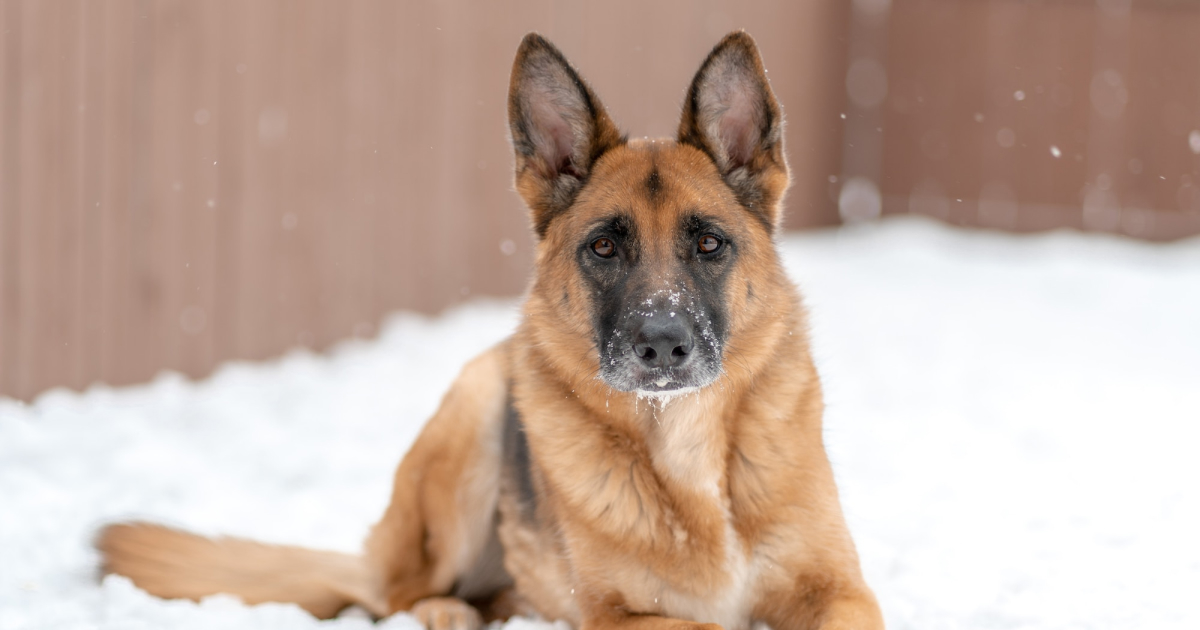
German Shepherds are a working dog breed that weighs between 50 and 90 pounds and requires a pet parent that will provide adequate exercise and mental stimulation. In exchange for proper care, German Shepherds offer affection and deep loyalty. The breed is prone to hip dysplasia and bloat.
Great Pyrenees
Great Pyrenees have been used as herding dogs and livestock guardians since 1800 B.C. Beloved for being smart and patient, “Pyrs” can weigh between 85 and 100 pounds and need room to roam. Hip and elbow dysplasia, luxating patella and certain cancers can affect the breed.
Anatolian Shepherd
Anatolian Shepherds are muscular working dogs that weigh up to 150 pounds. The breed retains their protective nature and are best known for being more reserved than affectionate. The ancient breed has few health issues but can experience hip dysplasia.
Alaskan Malamute
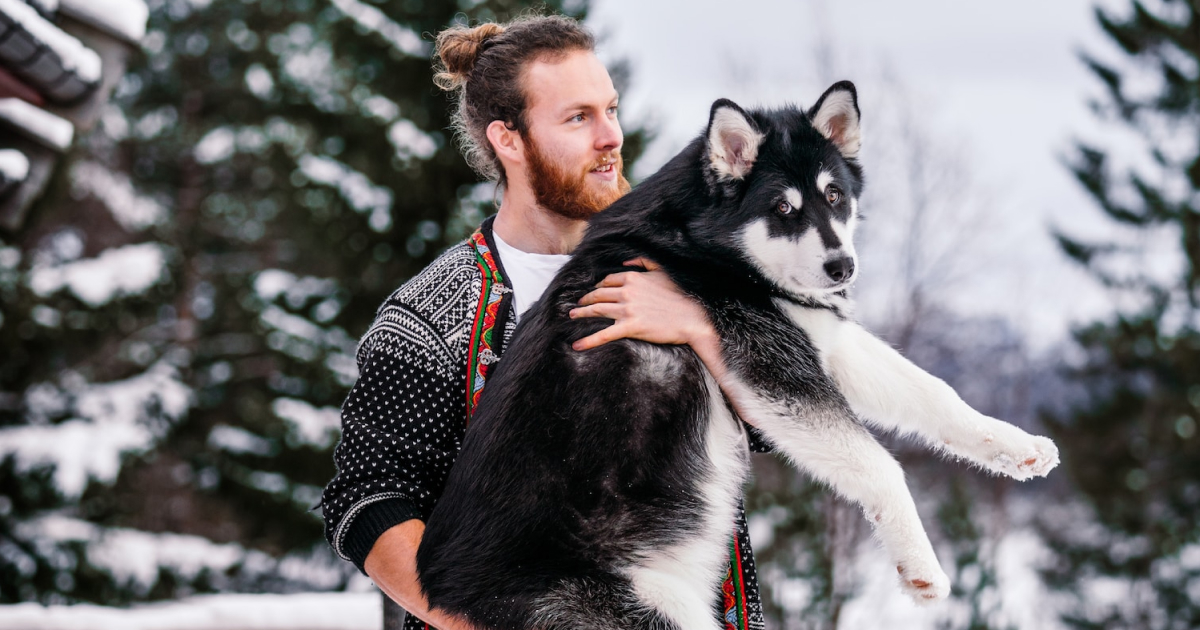
The breed is native to Alaska and believed to be one of the oldest sled dog breeds. These high energy dogs weigh between 75 and 85 pounds and require regular exercise and training to be happy. Hip and elbow dysplasia and thrombopathia, a blood clotting disorder, are common health issues in Alaskan malamutes.
Newfoundland
Newfoundlands are sweet, good-natured dogs that weigh up to 150 pounds and once worked on fishing vessels off the coast of Newfoundland. The breed is known for their strong swimming skills. Like other large breeds, Newfoundlands are prone to hip dysplasia; their floppy ears also put them at higher risk of ear infections.
Chow Chow
The Chow Chow hails from ancient China where it was prized as a guardian and hunter. The breed has a lion-like mane and blue tongue. Chow Chows make excellent watchdogs and good family companions. The dogs weigh between 45 and 70 pounds and can experience health issues like hip dysplasia and allergies.
Siberian Husky
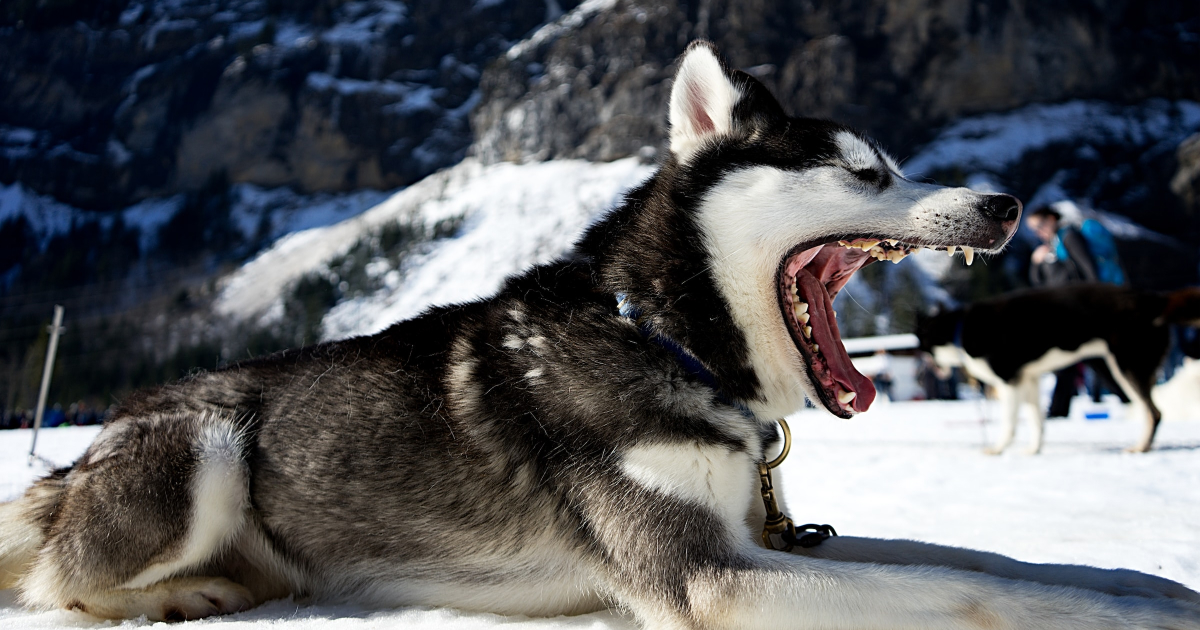
Strength and endurance made Siberian huskies the ideal breed to pull sleds through the snow in frigid temperatures. Weighing just 35 to 60 pounds, Huskies have tons of energy and more than enough love to go around. The breed should receive regular screening for juvenile cataracts.
Keeshond
Once kept as companions on boats on Dutch canals, the Keeshond weighs 35 to 45 pounds and loves everyone from children and strangers to other pets. These are high energy, easy to train dogs that need an active lifestyle. Luxating patella and hip and elbow dysplasia are common in the breed.
American Eskimo Dog
American Eskimo dogs might weigh as little as six pounds but the breed was still prized as a herding, hunting and guardian dogs. The small breed is known being active, outgoing and playful. “Eskies” can develop health issues, including retinal atrophy and hip dysplasia.
Samoyed
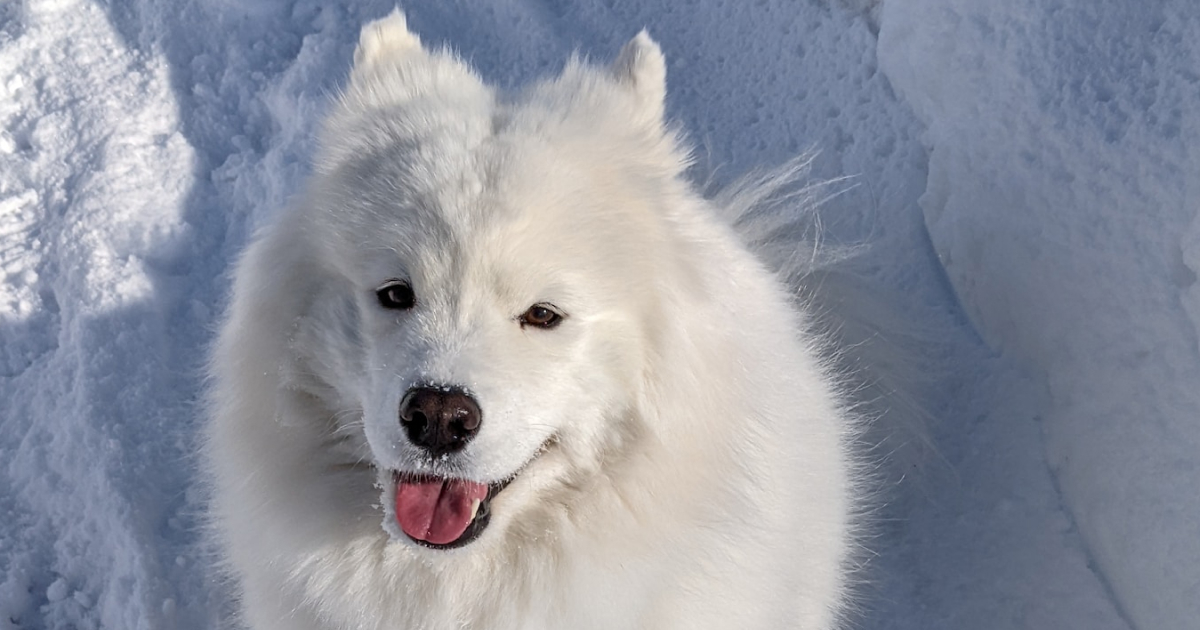
Weighing in at 45 to 65 pounds, the Samoyed is powerful but gentle. The breed, which comes from Siberia, has lots of energy and loves to play. Samoyed can be predisposed to eye and heart issues.
Shiba Inu
The ancient Japanese breed was developed around 300 BC. Once used as herding and hunting dogs, Shiba Inus are now prized as faithful, affectionate companions. The breed weighs between 17 and 23 pounds and is prone to allergies that can cause skin irritation and itching.
Cold Weather Dogs FAQ’s
Curious about cold weather dog breeds? We have the answers to your frequently asked questions.
What dog breeds tolerate cold weather?
There are several breeds that tolerate cold weather. These breeds make the best cold weather dogs:
- Akita
- Alaskan Malamute
- American Eskimo Dog
- Anatolian Shepherd
- Chow Chow
- German Shepherd
- Great Pyrenees
- Keeshond
- Newfoundland
- Samoyed
- Shiba Inu
- Siberian Husky
What dog breeds do well in the snow?
The same breeds that tolerate cold weather also do well in the snow. The best Snow dog breeds are Akita,Alaskan Malamute, American Eskimo Dog, Anatolian Shepherd, Chow Chow, German Shepherd, Great Pyrenees, Keeshond, Newfoundland, Samoyed, Shiba Inu and Siberian Huskies. These winter dogs have thick double coats that are perfect for snowy weather.
How cold can dogs handle?
How cold is too cold for dogs? Dogs are at risk of frostbite when temperatures drop below 32° Fahrenheit. Certain parts of their bodies, including their tails, paws, ears and nose are at highest risk.
While cold weather breeds are less susceptible to frostbite, it’s important to monitor your pet. Never leave your dog unattended outdoors when it’s freezing outside.
What dogs are not good in cold weather?
Do dogs get cold? Absolutely. It should come as no surprise that small dogs and breeds with short hair are the least tolerant of cold temperatures. These breeds include Chihuahuas, Pit bulls, Dobermans, Great Danes and Greyhounds.
For ideas on how to keep outdoor dogs warm in winter, consider coats and booties to offer extra warmth and protection from the elements.
How long can dogs be outside in cold weather?
When temperatures drop below freezing, most dogs shouldn’t spend more than 15 minutes outdoors. For how to know if my dog is cold, watch for signs like shivering, whining and disorientation that signal your dog is at risk for frostbite or hypothermia.
Feed Your Cold Weather Dog the Best
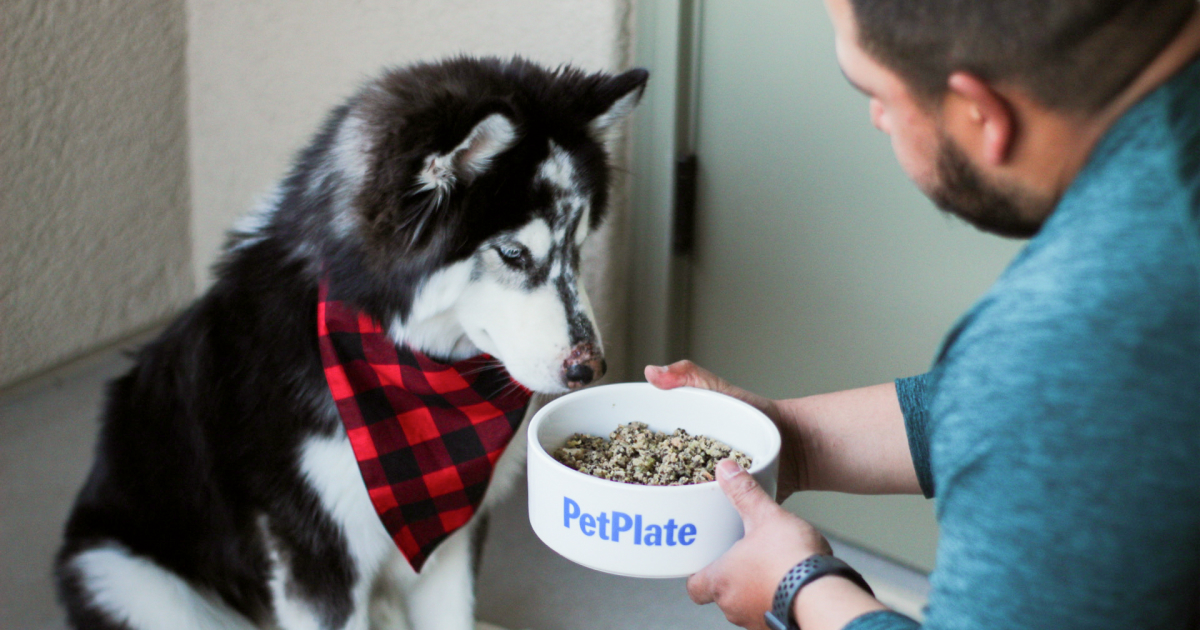
Active breeds that spend a lot of time outdoors need extra calories in the winter. Check out PetPlate’s gently-cooked meals, designed to fit your pup’s unique nutritional needs! Personal plans are tailored to their breed, age, weight, activity level, and more.
